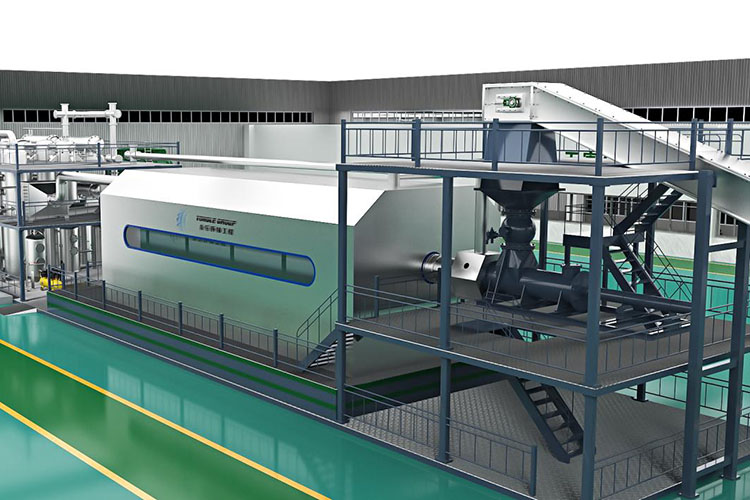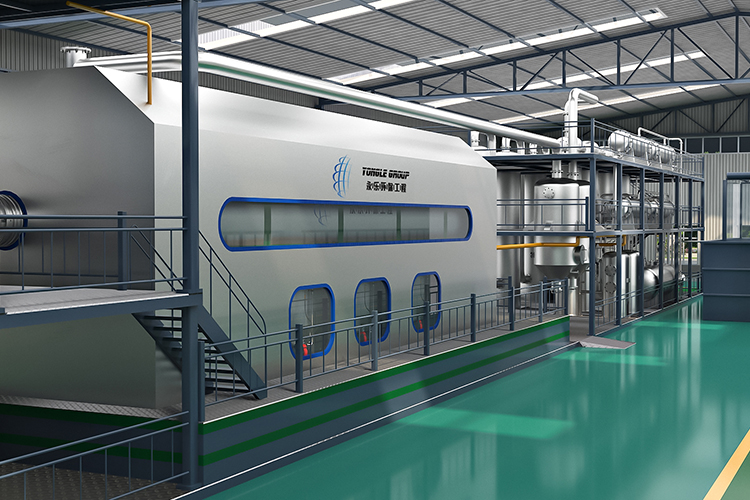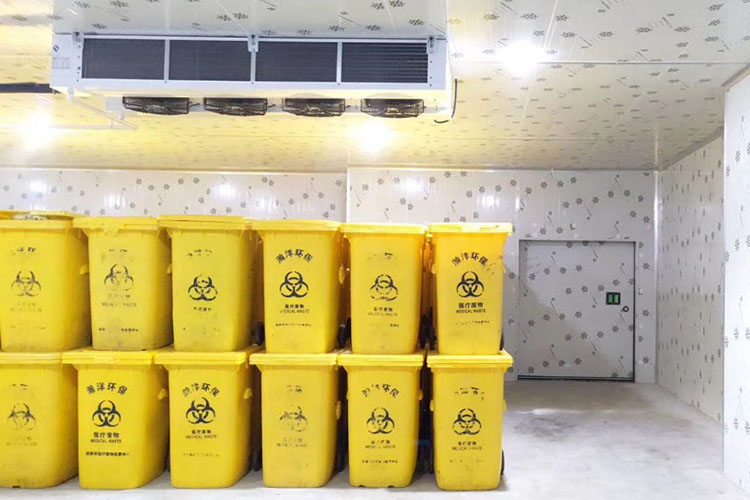Anaerobic pyrolysis technology, as an emerging medical waste treatment method, has attracted much attention in the fields of environmental protection and resource recycling in recent years. This device demonstrates unique processing advantages and wide application potential by heating medical waste at high temperatures in an oxygen deficient environment, decomposing it into gas, liquid, and solid residues.
The working principle of anaerobic pyrolysis is relatively simple, but the chemical processes behind it are very complex. When medical waste is thrown into the equipment, the equipment will gradually heat up to a high temperature of 400 ° C to 800 ° C in a closed environment. In this process, due to the lack of oxygen, the garbage cannot undergo combustion reactions, but is decomposed through pyrolysis. The control of temperature and time during pyrolysis is crucial for the quality and composition of the final product, as appropriate temperature can maximize the production of combustible gases and liquids.

The gases and liquids generated during the pyrolysis process are a major highlight of anaerobic pyrolysis technology. Combustible gases such as methane and hydrogen can not only be used for power generation, but also reused as clean energy sources to achieve effective energy recovery. On the other hand, liquid products may contain oils and other chemicals, which also require further processing to ensure they meet environmental standards. Solid residues are mainly ash or carbon black, which usually require safe disposal after treatment.
An important advantage of anaerobic pyrolysis equipment is its environmental friendliness. Traditional medical waste disposal methods, such as incineration and landfill, often come with problems of environmental pollution and resource waste. And anaerobic pyrolysis technology reduces the volume of medical waste, lowers the demand for transportation and landfill, thereby reducing the burden on the environment. In addition, the emission of harmful gases during the pyrolysis process is relatively low, making it a safer and more sustainable treatment solution.

In the medical field, there are various types of medical waste, including infectious waste, chemical waste, and biohazardous waste. The anaerobic pyrolysis equipment has strong adaptability and can handle various types of medical waste, especially outstanding in large-scale processing. Hospitals and medical waste treatment centers use anaerobic pyrolysis equipment for centralized treatment, which can effectively improve treatment efficiency and reduce labor and material costs.
Despite the numerous advantages of anaerobic pyrolysis technology, some key factors still need to be considered in practical applications. Firstly, the design and operation of the equipment must comply with relevant environmental regulations and safety standards to ensure that it does not have a negative impact on the surrounding environment during the processing. Secondly, operators need to possess professional knowledge and skills to properly manage the pyrolysis process, prevent equipment failures and safety hazards. In addition, there needs to be a comprehensive follow-up treatment plan for the generated liquid and gas products to ensure that they do not cause new pollution to the environment.

In summary, anaerobic pyrolysis technology provides an efficient and environmentally friendly solution for the treatment of medical waste. By pyrolyzing medical waste, not only can the volume of the waste be reduced and valuable energy be recovered, but it can also alleviate the pressure on the environment to a certain extent. With the continuous advancement of technology and the increasing awareness of environmental protection, anaerobic pyrolysis equipment is expected to play a more important role in the field of medical waste treatment in the future, contributing to the achievement of sustainable development goals.
Yongle Environmental Protection is mainly engaged in the research and development, production and sales of complete sets of technical equipment for organic solid waste disposal and comprehensive utilization. Production and manufacturing, domestic waste treatment equipment, tire pyrolysis equipment, medical waste disposal equipment, hazardous waste disposal equipment, and achieve efficient and comprehensive utilization of resources through independently developed low-temperature anaerobic pyrolysis equipment technology solutions.
Tags:Detailed introduction of anaerobic pyrolysis equipment for medical waste treatment,Waste tire pyrolysis technology,YONGLE GROUP
 Latest news
Latest news


























